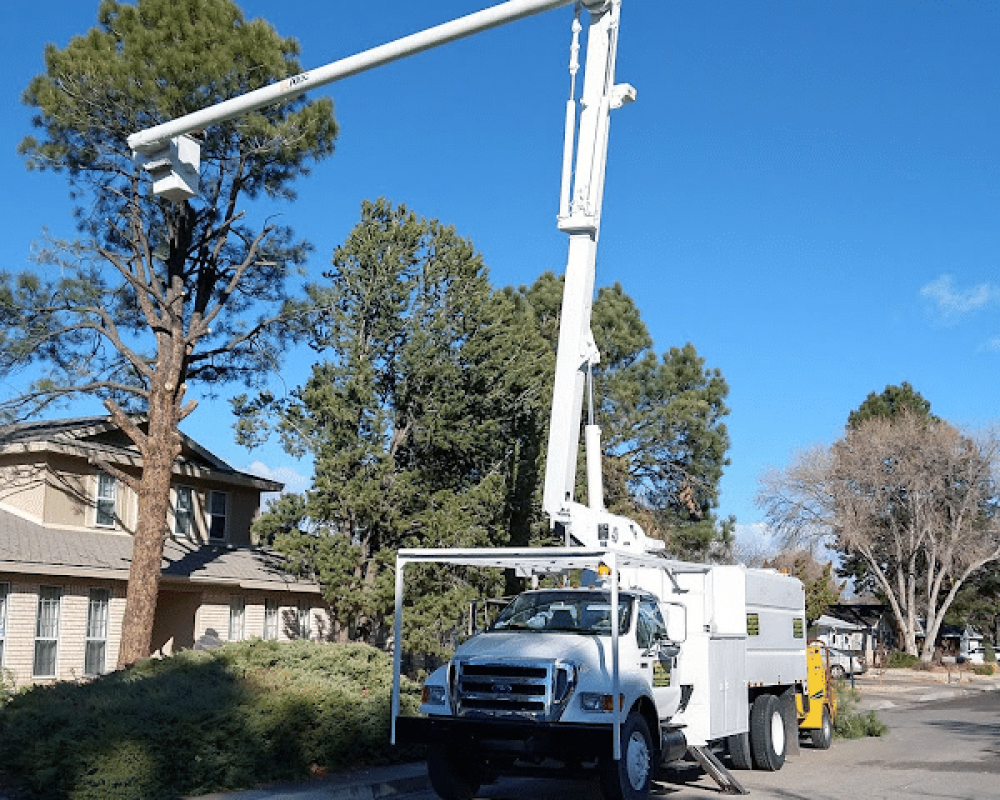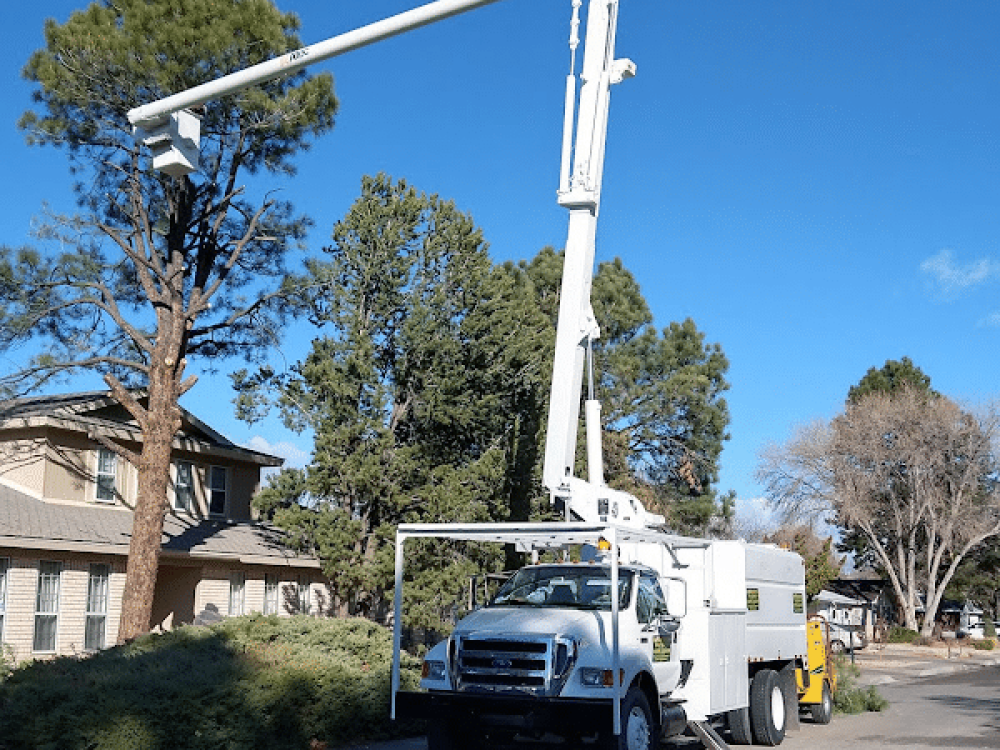Learning a little bit more about common tree diseases might save that maple tree you love one day, so don’t be afraid to educate yourself. You don’t have to be an arborist or even a gardening enthusiast to recognize some of these external signs of infections on your trees. Taking a proactive approach is a huge step toward protecting all your trees from contagious conditions and preventing natural hazards from developing on your property.
Look at the Leaves
Abnormal leaves are often the first indicators of a serious infection because leaves are usually the most recent growth and are more sensitive to recent health changes. An increase in deformities, like excessive curling or partial growth, or a drop in total foliage growth across a branch or an entire tree indicates a serious problem. You should also look at the tops and bottoms of leaves for signs of damage or discoloration, which could appear as anything from white spots to dark patches.
Monitor New Growth
Buds, flowers, fruits and leaves are where diseases are most likely to manifest. Be sure to check out your trees during the crucial stages of early growth in the spring, particularly when foliage first comes in and then later when flowers or fruits develop. Branches or trees that produce noticeably less or different new growth than their neighbors could be suffering from a deficiency or disease.
Test for Root Health
Problems with the roots aren’t easy to see for obvious reasons, but they can have a profound impact on the overall health of the plant. Soil that has run out of certain key elements or has a composition that fails to hold moisture can weaken trees over time, exposing them to infections and infestations. You can test the soil around the base of the trunk to detect root rot diseases that may be affecting the plant without any clearly visible indicators.
Follow Up on Possible Problems
If you notice any signs of changes in a tree’s health, make a note and remind yourself to check again in a week or two. You’ll know it’s time to take action if the problem is getting worse. Be ready to contact a professional if symptoms increase in severity or scope, like spreading foliage discoloration or death of bark and branches.
An inspection by an experienced professional can determine the nature of the infection and how it may impact people or property. At Robert’s Tree Service, we serve the Albuquerque, NM community with exceptional tree services, so contact us for anything from inspection and consultation to urgent removal of diseased trees.




